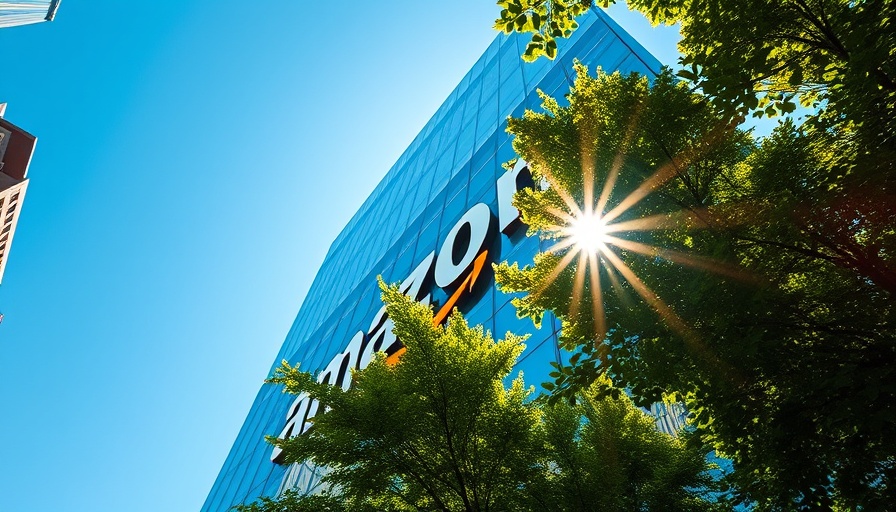
The Reverse Acquihire: A New Trend in Tech
In the competitive world of technology, innovation often takes unexpected forms. One of the latest trends that has emerged is the concept of the reverse acquihire. This term refers to a situation where a large corporation, like Amazon, hires key personnel from a smaller startup without entirely purchasing the company. This approach allows the larger company to access specialized talent and technology while the startup founders can continue pursuing their vision without the burdens of corporate bureaucracy.
Amazon's Strategic Move: Hiring AI Innovators
Last year, Amazon made headlines by hiring the founders of Adept, an AI startup, as part of their growing ambitions in artificial general intelligence (AGI). David Luan, Adept's co-founder, transitioned into the role of head of Amazon’s new AGI Lab—a decision he described as essential for addressing the most pressing challenges in AGI research. In a recent interview with The Verge, Luan explained his intent to focus on solving four crucial research problems that remain unresolved in the field.
Why Luan Chose Amazon Over Adept
Unlike traditional exits that involve startup founders selling their companies for capital, Luan's choice to join Amazon stems from his desire to have access to massive computational resources. "Every single one of [the remaining challenges] is going to require two-digit billion-dollar clusters to go run it," he stated, emphasizing how crucial advanced infrastructure is for groundbreaking research. This reflects a broader shift where startup leaders prioritize innovative potential over immediate financial rewards.
The Implications of the Reverse Acquihire Model
Luan's remarks highlight the strategic reasoning behind reverse acquihires—particularly in tech industries experiencing rapid change. By leveraging the skills and insights of startup luminaries, large companies can position themselves at the forefront of innovation while enabling entrepreneurial talents to harness extensive resources.
Future Trends in Technology: A Move Towards Collaboration
This shift towards reverse acquihires signals a potential evolution in how technology companies operate. As startups continue to drive innovation, larger firms could find themselves compelled to adopt similar strategies to stay relevant. Collaborations between startups and established tech giants could foster more meaningful advancements in various sectors, particularly in AI and machine learning.
Warnings and Caveats: Potential Pitfalls
However, this trend is not without risks. Critics warn that while reverse acquihires may provide immediate benefits, such arrangements can lead to dilution of creative vision as corporate structures impose their procedures and strategies on former entrepreneurs. The challenge lies in maintaining the agility and innovative spirit that startups like Adept embody, even as they integrate into larger corporate ecosystems.
The Broader Impact on Startups
This trend also raises questions about the future landscape of startup ecosystems. As more companies pursue reverse acquihires, the allure of startup independence may diminish, leading founders to weigh their options more carefully. The potential for securing major resources versus maintaining creative direction will undoubtedly influence decisions for emerging tech leaders across the globe.
Conclusion: Embracing Change in the Tech Ecosystem
The concept of reverse acquihires embodies the spirit of adaptation necessary in today’s technology landscape. Leaders like David Luan demonstrate a commitment to innovative growth while balancing the powerful influence of major corporations. As this trend evolves, it will be interesting to observe how the startup ecosystem responds, fostering an environment where collaboration and innovation coexist.
Experimenting with new business strategies could also ignite a shift in startup culture and corporate responsibilities. Whether or not this becomes the standard practice remains to be seen, but it certainly opens up a dialogue about the future of innovation in technology.
 Add Row
Add Row  Add
Add 



Write A Comment